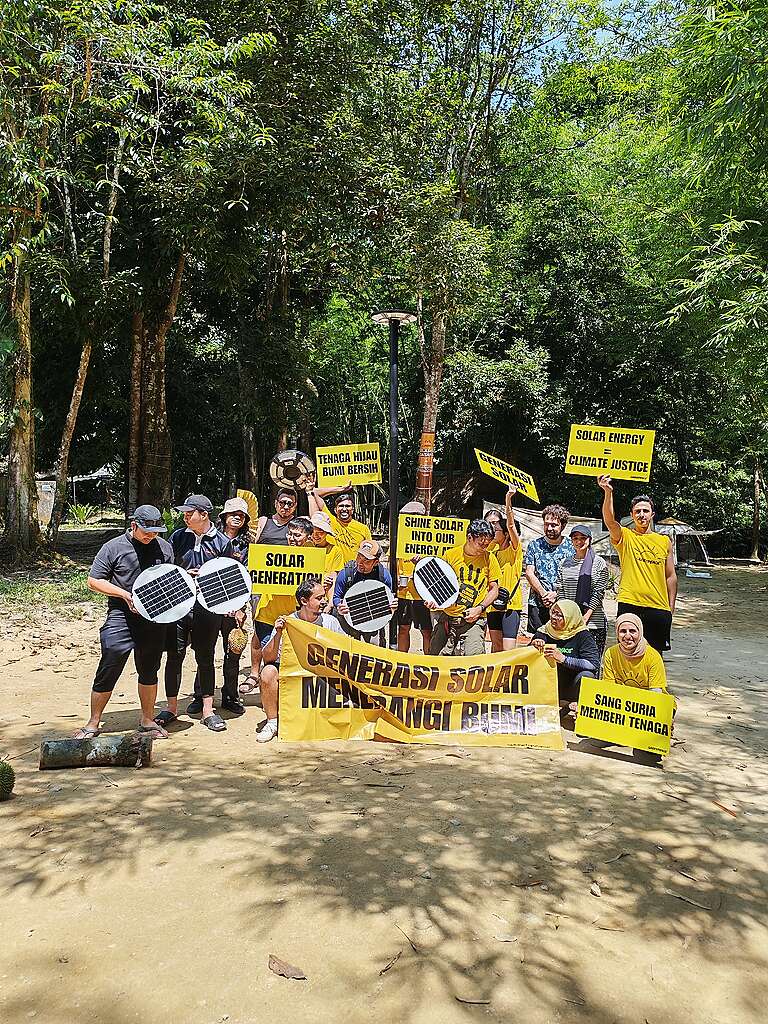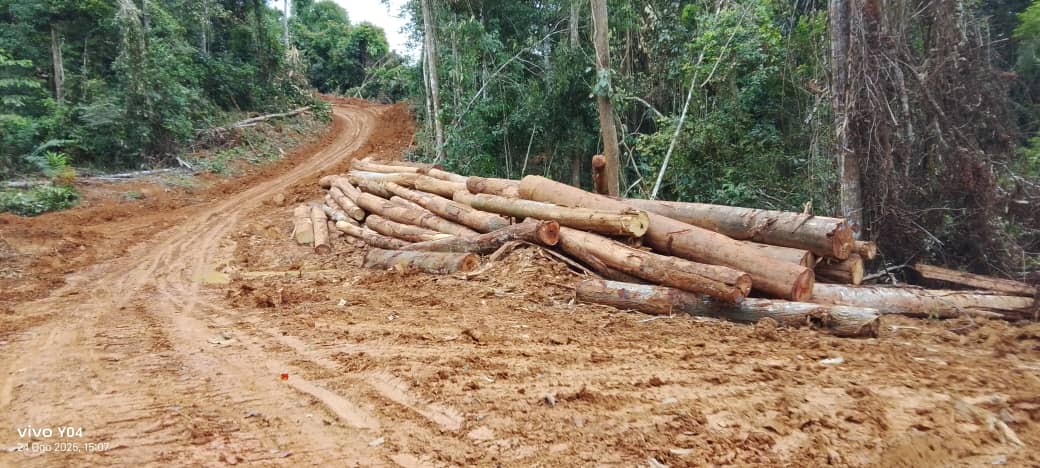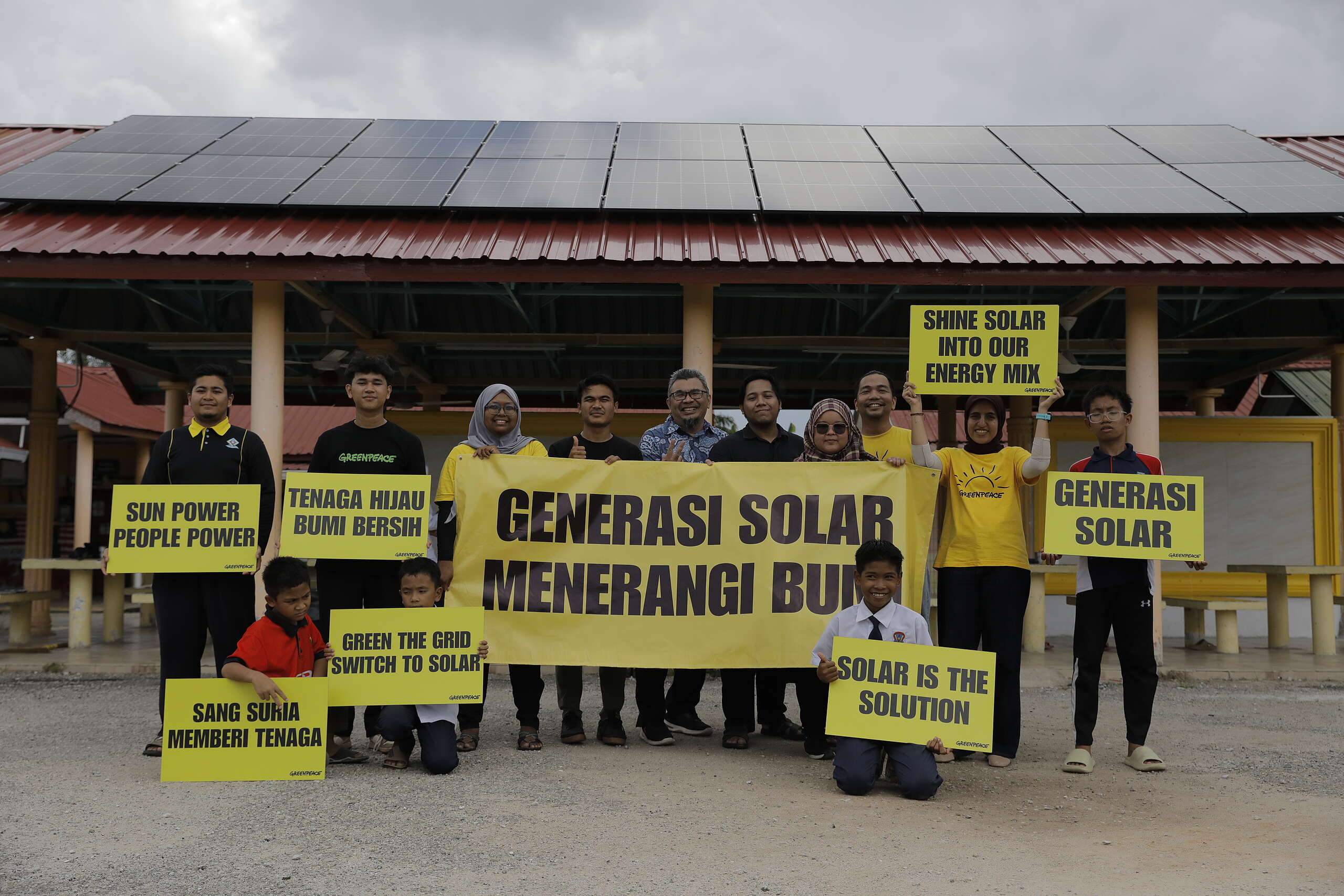Lighting the way towards a sustainable future

Last weekend, a meaningful initiative unfolded in Ulu Tamu, where Orang Asli villagers who care for the campsite were joined by volunteers from Greenpeace Malaysia (GPMY), PEMADAM members, and students and ex-students of Dr Shahrin from UniKL.
Day 1: Lighting Up the Campsite
The weekend kicked off with the installation of solar-powered lights at the campsite, a practical solution to improve safety and usability while embracing clean energy.
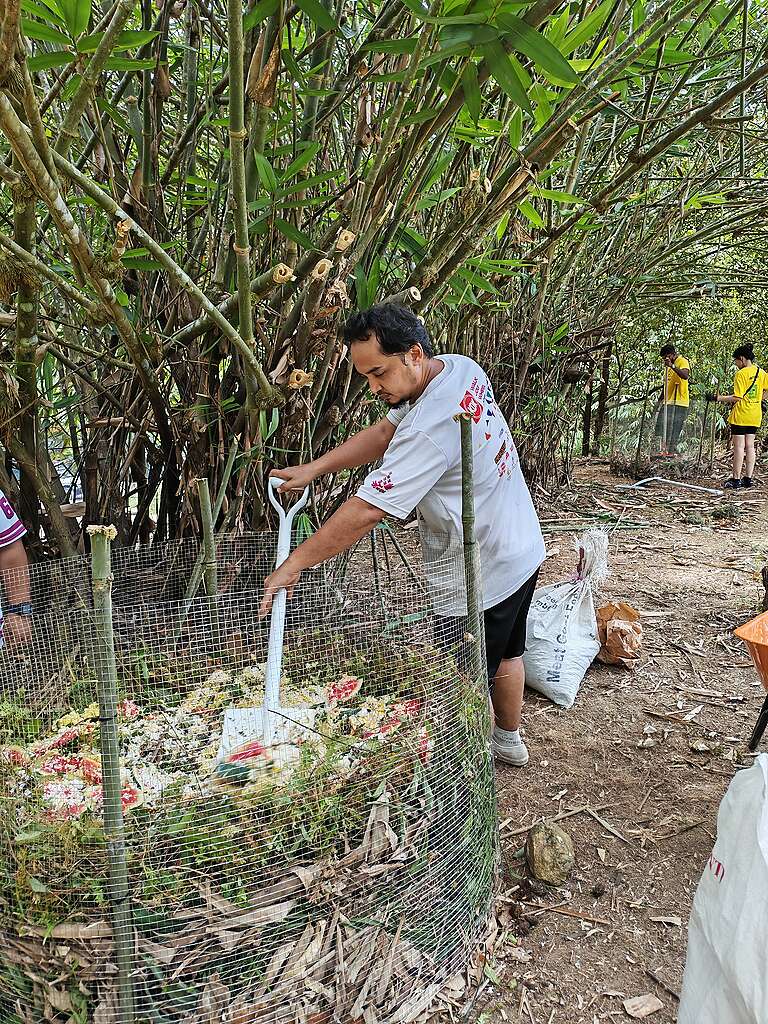
Day 2: Composting for Climate
A composting workshop was held to demonstrate how food and organic waste can be transformed into nutrient-rich compost, an easy, low-tech solution for sustainable waste management. Participants left with a better understanding of how they can reduce landfill waste and regenerate soil locally.
Greener Infrastructure
Waste separation bins were installed around the campsite to promote better waste sorting and instill habits that support a zero-waste lifestyle.
The programme was also attended by Mr Saifuddin Bin Shafi Muhammad, Political Secretary to the Selangor Menteri Besar/Chief Minister, marking strong political interest and support for grassroots-led environmental efforts.
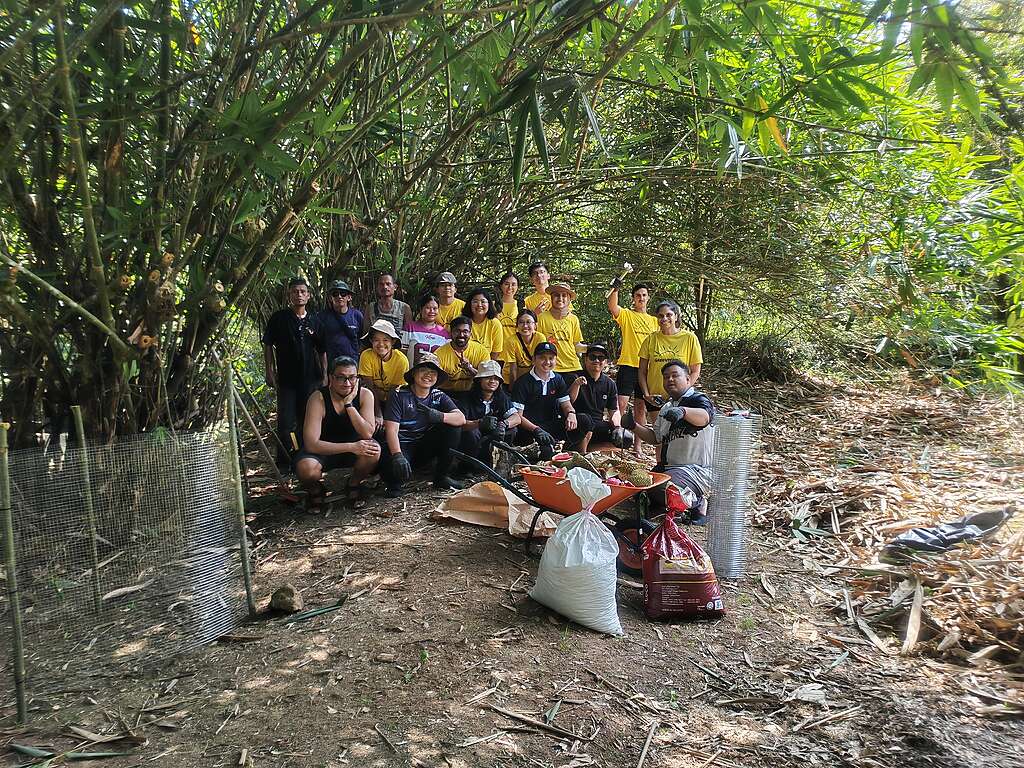
What’s Next?
- We will continue to engage with the community, with plans to return soon to install educational signboards turning this quaint little campsite into a living forest museum. Through shared knowledge and storytelling, we hope to highlight the richness of local biodiversity and traditions, making Ulu Tamu not just a campsite, but a space for learning, connection, and conservation.
- Dr Shahrin will continue working closely with Mr Saifuddin, who remarked that this initiative was a strong example of community-based environmental action and could serve as a model to be replicated across other campsites in Hulu Selangor. A formal letter will be submitted to the Menteri Besar of Selangor, recommending the expansion of this model.
We’re hopeful that the Orang Asli community at Ulu Tamu, who have long been the caretakers of the land, are now better equipped with the knowledge, tools, and empowerment to manage the site more sustainably from solar energy use to waste separation and composting.
This small, community-powered action has sparked something bigger, a glimpse into how collaboration between local communities, educators, civil society, and policymakers can pave the way for a cleaner, more just future.
